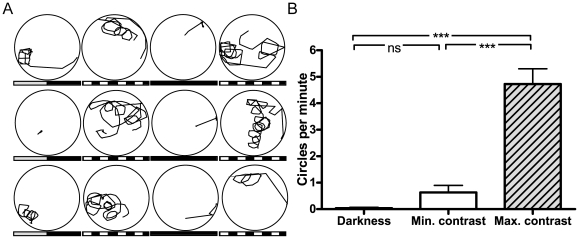Figure 2. Contrast and visual input dependence of looping.
The panels show the swimming traces of a single bel rev larva in a 22-mm-diameter dish across 12 subsequent (from a to l) visual stimulus conditions (each panel corresponds to one condition with 60 s recording duration). A, Only few circles were observed when bel rev was exposed to a projected gray uniform background (minimal contrast, gray-black bar). A projected black and white grating consistently evoked strong looping (maximum contrast, black-and-white bar). Swimming activity almost completely ceased in the absence of light (darkness, black bar). B, Quantitative analysis of looping in bel rev (N = 7). Overall, the number of circles per minute differed across conditions, F(2,12) = 57.55, p<0.0001. Looping was much more pronounced at maximum contrast compared to minimal contrast, t(6) = 7.89, p = 0.0002, and darkness, t(6) = 8.13, p = 0.0002. The rate of looping was similar at minimal contrast and in darkness, t(6) = 2.13, p = 0.0767. ns, non significant. ***, significant at p<0.001.

